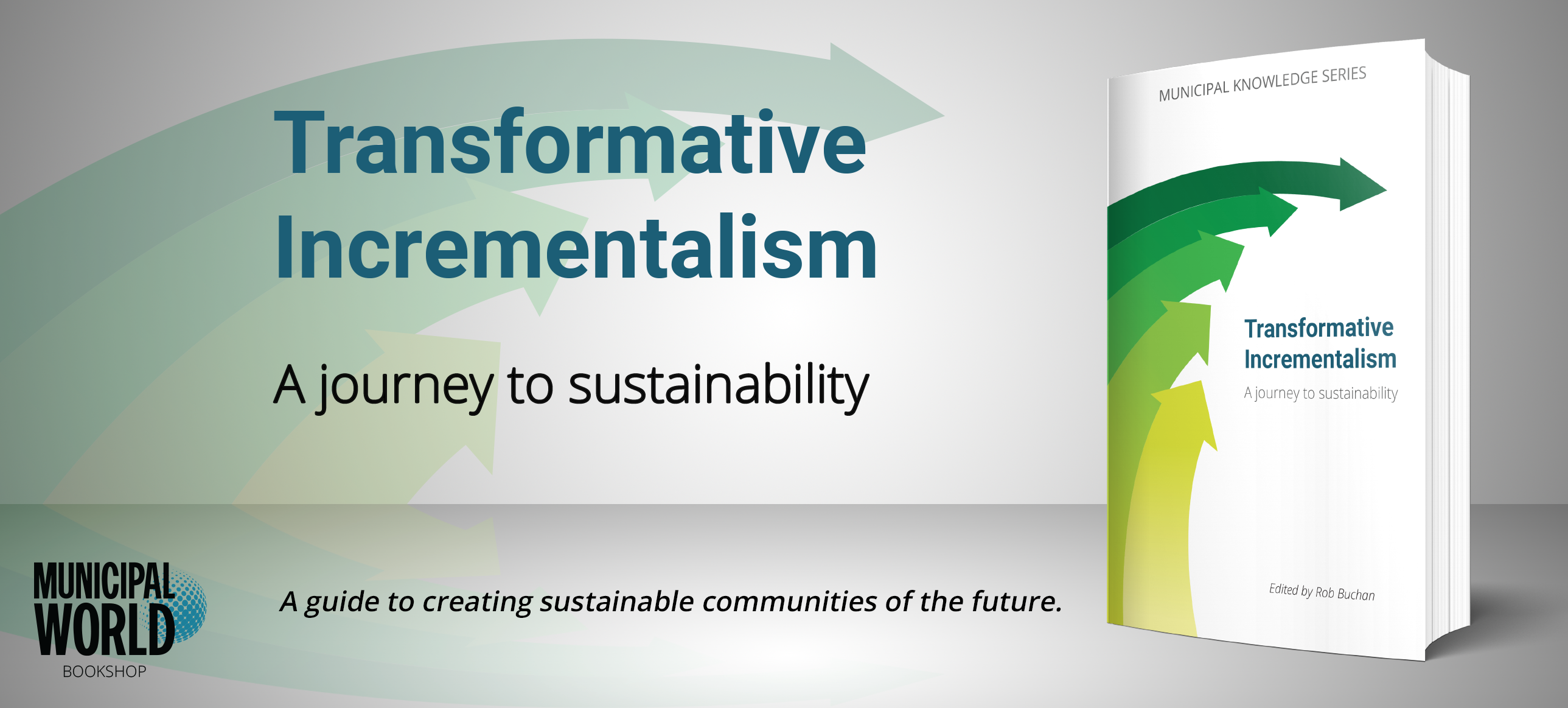Five steps to improving organizational effectiveness

While there have been numerous attempts to define organizational effectiveness over the years, in general, the collaboration of resources, people, and processes to achieve certain objectives is what makes up organizational effectiveness. This is particularly true in a municipal setting that is not profit focused. The complexity in delivering a service or product lies in coordinating resources, people, and processes in such a way that the highest possible output in quality and quantity can be achieved at the lowest cost.
In many cases, organizations do not perform to the best of their abilities. Within local government, one reason for this may be that organizational effectiveness is not considered in a holistic assessment of the functionality of a municipality. It is by grasping an appreciation for municipal effectiveness, however, that council and the administration will gain a holistic view of the overall performance of their municipality.
1. Appreciate Resources, People, Processes
The first step in improving the effectiveness of a municipality is to appreciate the interrelationship of resources, people, and processes. The awareness of a general process flow from resource consumption to the delivery of services is considered the value chain of the municipality. Therefore, it is important to identify which of these process chains are supportive and which ones are core processes. In addition, each department will have their own set of core processes that define their ultimate purpose and contribution to the whole of the municipality. Assimilating this process information will help to ensure that there is alignment between departments and that each department executes effectively as a cog in the whole of the organization.
2. Address Organization Strategy and Objectives
Once there is a good understanding of the value chains, the second step will address strategy and objectives of the organization. The identified core process must align to the strategy and objectives. But, which one needs to be done first: strategy or value chain? The presented methodology should not be considered in sequence. Until an equilibrium is achieved, there is a back and forth between strategy and objectives and the definition of the value chain. The definition of strategy and objectives through the strategic plan will have an impact on the design of the value chain that might require adjustments. The strategic plan therefore plays an integral part in working to achieve higher organizational effectiveness.
3. Align Organizational Structure to the Strategy
The final step is to align the organizational structure to the strategy. By reviewing a strategic plan, one will find some noble objectives and initiatives. However, when mapping these objectives with the organizational structure, one can identify discrepancies. Often, different organizational units don’t map to the strategy or are not affected by the strategic plan. In many cases, each organizational unit picks what it deems its main concern out of the overall strategic plan.A differentiator of an effective organization is the capability to engage all organizational units to participate and contribute in making the municipality the best it can be.
4. Measuring Results against Strategy
To ensure ongoing success, organizational effectiveness needs to be measured, and there are different techniques that can be used. The most popular one is the balanced scorecard, which measures customer-facing internal organizational performance through learning and improvement, and uses financial criteria in order to establish a holistic view that indicates how effectively the municipality is functioning. To ensure that management stays on track according to its strategic plan, the balanced scorecard must be linked to strategy.
5. Continuous Improvement
Finally, to achieve organizational effectiveness, the organization must demonstrate a willingness to continuously improve its processes. This will require feedback techniques, internal and external communication channels, and that suggestions for improvement are taken seriously. If nothing ever changes, people will develop apathy toward the organization, leading to stagnation and ineffectiveness.
Organizations that have a good strategic plan and are able to communicate it to the organization, monitor progress, and evaluate their processes for continued improvement will achieve a high level of effectiveness. MW
✯ Municipal World Insider and Executive Members: You might also be interested in the full version of this article or in David Siegel and David Szwarc’s article: Creating and maintaining the resilient organization – Part 3: Developing resilient employees. Note that you can now access the complete collection of past articles (and more) from your membership dashboard.
Tim Reimer is an IT strategy consultant and President of InfoPrag Inc., a consulting firm specializing in providing IT strategy and enterprise architecture consulting. He has received a Master of Science in Information Systems from Athabasca University and is currently completing his MBA.
Related resource materials:



